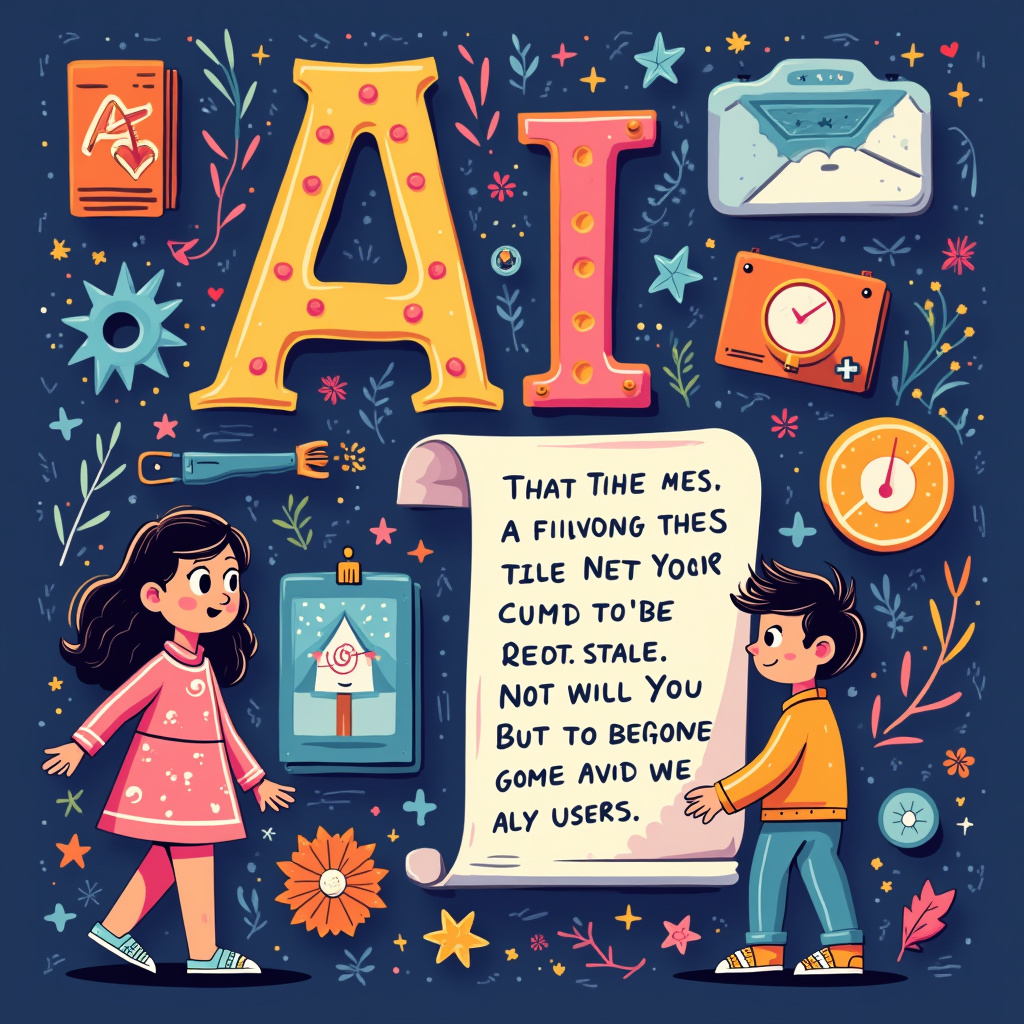Introduction to Visual Storytelling
In today’s fast-paced digital world, capturing attention is more challenging than ever. Enter visual storytelling, a powerful method that combines images, videos, and graphics to convey messages and evoke emotions. As we navigate through the age of artificial intelligence (AI), this approach has evolved, making content creation more engaging and accessible to everyone.
The Rise of AI in Content Creation
Artificial intelligence is changing how we create and consume content. From social media posts to marketing campaigns, AI tools are now integral in enhancing visual storytelling. These technologies analyze vast amounts of data, helping creators understand trends, preferences, and behaviors. This allows for tailored content that resonates with diverse audiences.
Key Benefits of AI in Visual Storytelling
- Personalization: AI algorithms can analyze user data to create customized visuals that speak directly to individual preferences.
- Efficiency: Content creators can use AI tools to automate repetitive tasks, freeing up time for more creative endeavors.
- Enhanced Creativity: AI can generate unique visuals and ideas, inspiring creators to think outside the box.
How AI is Transforming Visual Storytelling
AI technologies are not just tools but collaborators in the creative process. For instance, AI-driven design platforms can suggest layouts, color schemes, and even generate images based on a brief description. This democratizes content creation, allowing individuals without formal training to produce visually appealing materials.
Examples of AI in Action
Several platforms have already embraced AI to enhance visual storytelling:
- Canva: Offers AI-powered design suggestions that help users create stunning graphics effortlessly.
- Adobe Sensei: Integrates AI into Adobe products, enabling advanced image editing and graphic design features.
- DeepArt: Uses AI to transform photos into artwork by mimicking the styles of famous artists.
Challenges and Considerations
While AI presents exciting opportunities, it also brings challenges. Issues of authenticity and creativity arise as content becomes increasingly automated. It’s essential to strike a balance between leveraging AI tools and preserving the human touch in storytelling. After all, the best stories are those that resonate on a personal level.
Conclusion: Embracing the Future of Visual Storytelling
As we move forward in the age of AI, visual storytelling will continue to evolve. By embracing these technologies, content creators can enhance their narratives, making them more impactful and relatable. The future of storytelling lies in the harmonious blend of human creativity and AI innovation. So whether you’re a seasoned professional or just starting, there’s never been a better time to explore the world of visual storytelling!




